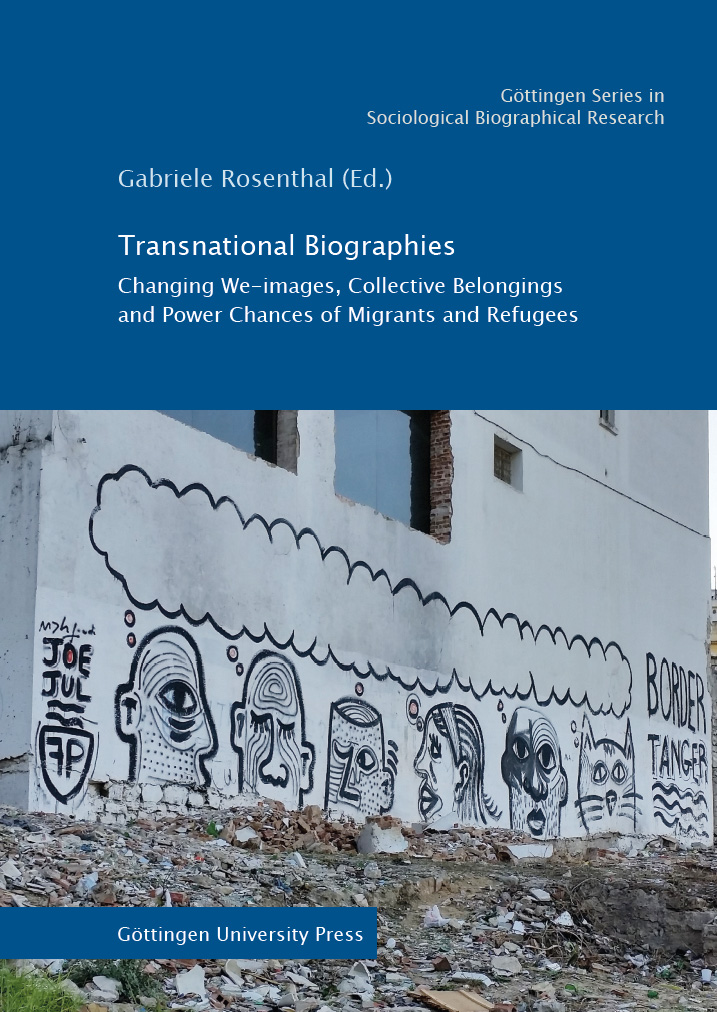Every day many people leave the place where they live and move to some other place, where they settle permanently or stay for many years. The contributions to this volume are based on the results of three empirical research projects which set out to investigate the situation of migrants in Jordan, Brazil, Germany and other European countries. The articles focus on migrants at their place of arrival and ask questions such as: How do they look back on their life histories and migration paths? What dynamics and processes led up to their migration projects and how do they explain their motives? The studies in this volume show that leaving and arriving are interrelated: leaving one’s home region is part of a long process, partly planned and partly unplanned, which is determined by complex collective, familial and individual constellations, and which has significant consequences for the action patterns and participation strategies of migrants in their arrival societies. This book also shows which constellations enable some migrants to realize their goals in their present situation, and which constraints or obstacles make it impossible for others to do so.
Cé Sangalli, Lucas
Albaba, Ahmed
Worm, Arne
Bahl, Eva
Çakır Kılınçoğlu, Sevil
Hinrichsen, Hendrik
Becker, Johannes
Publikationstyp: Sammelband
Sparte: Universitätsverlag
Sprache: Englisch
Beiträge
-
1. Introduction (Seiten 7-15)
-
2. On the rules for front-stage self- and we-presentations (Seiten 19-26)
-
3. Migrants from Senegal: Integrated in religious, national and multinational networks (Seiten 27-80)
-
4. Migrants from Mauritania: On the existence of slavery today and the unequal power chances of the Bidhan, the Soudan and the Haratin (Seiten 81-113)
-
5. Contested we- and they-images among people from Darfur and other regions of Sudan living in Germany (Seiten 115-169)
-
6. Precarious Transnationality (Seiten 173-219)
-
7. Forced migration of Kurdish activist women to Germany: Navigating through a political movement, an armed conflict, and an engaged diaspora (Seiten 221-238)
-
8. Social figurations and everyday life in Jordan (Seiten 241-265)
-
9. Translocal vs. localized networks: How they shape migration, lifechances and long-term establishment in Jordan (Seiten 267-281)





